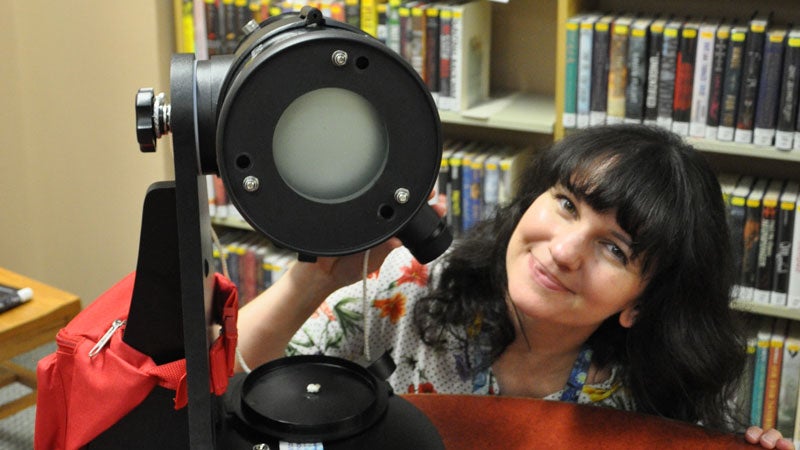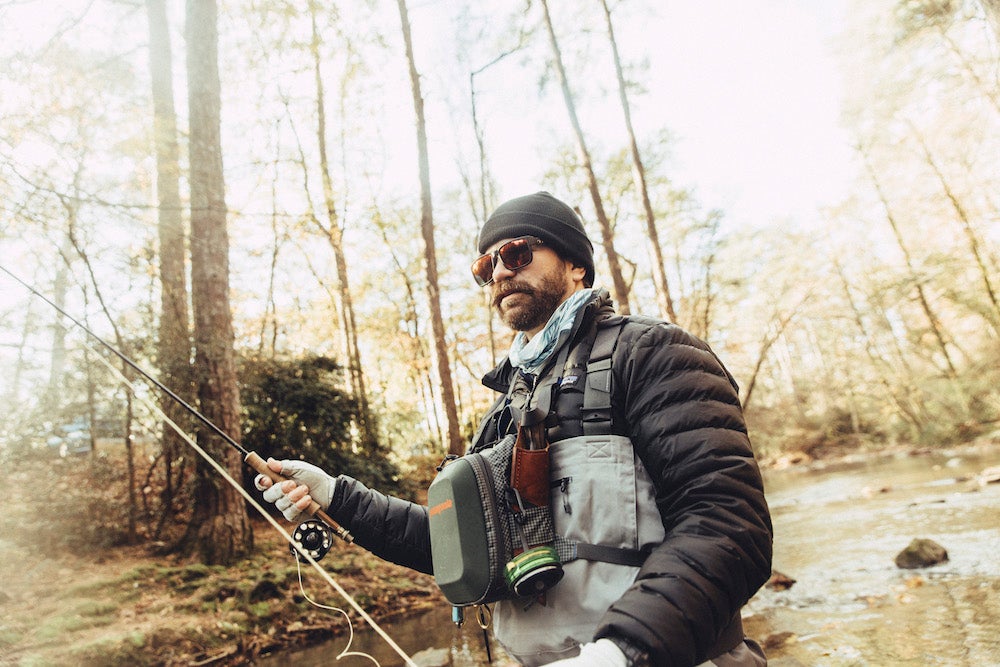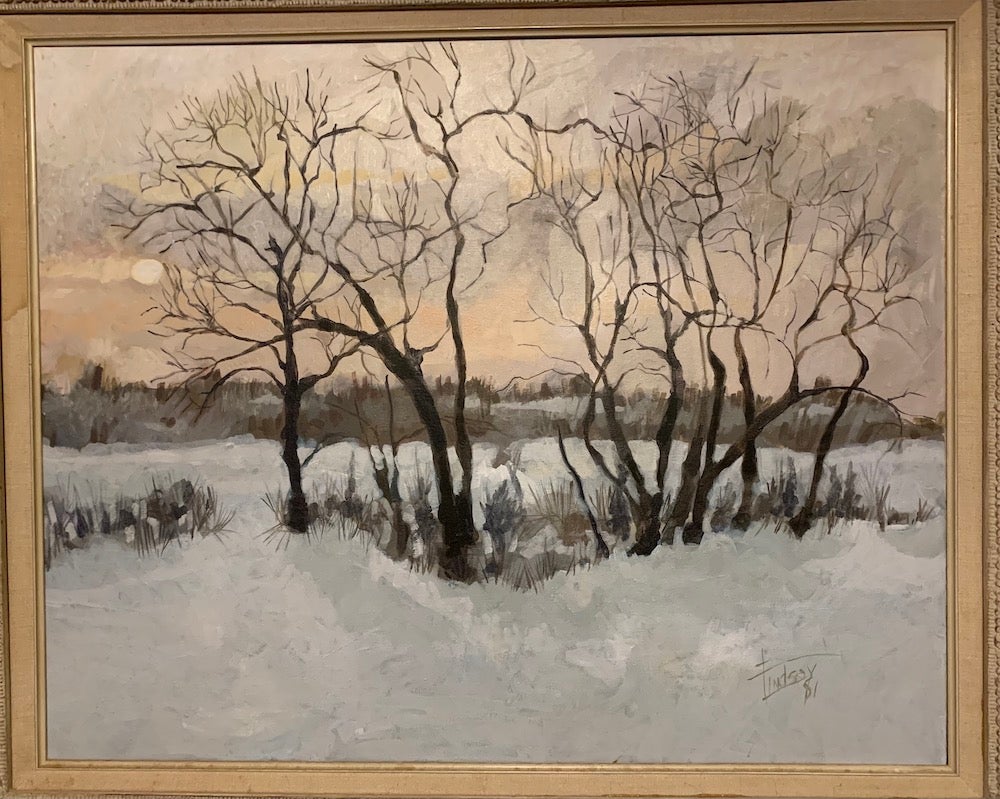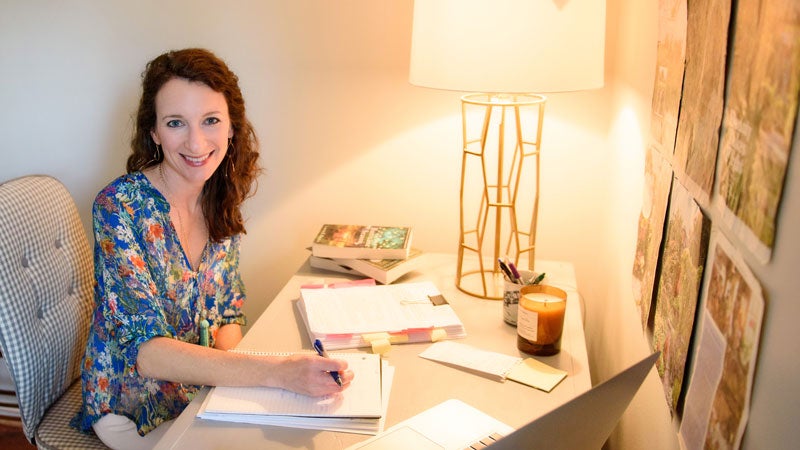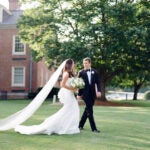Have you heard? As of the start of 2018, Homewood Public Library is renting out telescopes—with possibly our favorite random perk, a fanny pack that holds a user manual, lens brush and head lamp. You can also enter to win your own telescope by filling out a survey at any NASA @ My Library event between now and National Astronomy Day on April 21. It all was funded by a grant from the Homewood Rotary Club and a part of the library’s NASA @ My Library grant programming. To learn more about Homewood Library’s telescope rental, we chatted with teen librarian Judith Wright and children’s librarian Laura Tucker (pictured)
Where did the telescope rental idea come from?
Judith: Some libraries have community interests that are different than books and will check out neckties if they have a high unemployment rate or life coaches, and I was in a webinar where I heard from a library that checked out telescopes. Their community was really interested in STEM, which is what we are like here. I was like, “I bet Homewood would love telescopes.” With the Rotary grant, we were able to purchase eight Orion 4.5 StarBlast 4.5 telescopes.
Why should we check one out?
Laura: It’s hands on and sparks curiosity and a lifelong interest in science, and having this experience as a family in your own backyard makes it more real. As much as we love doing things here and talking about stars and planets, there’s something about seeing and discovering it yourself.
If I want a telescope, what do I do?
Judith: To check out a telescope for one week, you come to the desk and sign an agreement. Along with the telescope, you get a tote bag with four books we selected for different age groups. If the telescopes are all checked out, you can place them on hold just like a library book.
Can you talk about the books that come with it?
Laura: One I picked for children is by H.A. Rey who did Curious George, and it’s got a great outline of summer skies and summer stars and autumn skies and autumn stars and a great outline of the constellations you can look for. I liked the way it was all laid out, but it’s not as intense as the adult ones. National Geographic Kids Night Sky adds a lot of fast facts kids like to know about different stars and constellations and different myths surrounding them too.
Judith: I picked Night Watch. It’s a staple in astronomy books. It gives you an idea of different constellations you are going to see based on the seasons, and a history of them. It goes all the way up through December 2018, so you see exactly what you are looking at. The DK Smithsonian Nature Guide Stars and Planets gives you quick facts and it’s easy to read in the layout, not like a 500-page no pictures book. We tried to pick things that are quick reference guides that will keep people’s attention so they won’t feel overwhelmed.
Are there any other not-so-book-like items you can check out at the library?
Laura: We have some ukuleles, so if you want to have a real night under the stars, get your ukulele, play some tunes and look through the telescope. We have them in the children’s department, but anyone can check them out. There’s a song book we have to learn 21 songs in six days. I don’t know if it’s a guarantee, but it’s a good starting place. Herb Trotman from Homewood Fretted Instruments and his wife donated the ones we have about a year-and-a-half ago. They have been a lot of fun.

